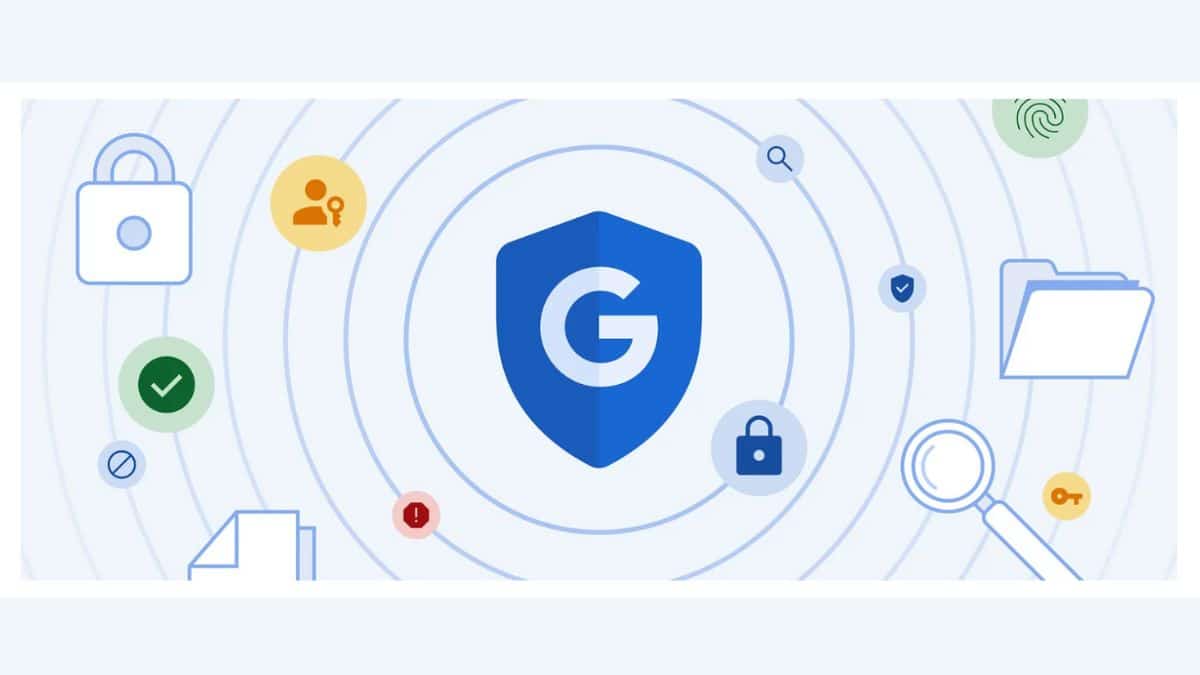Google Introduces New Features and a Few Updates to Improve Online Safety

Google has now introduced a set of new features and certain updates in its current services with the aim of ensuring online safety for its users and also to enable its users to have full control over their data.
Read about the updates and features below.
Google’s New Features and Updates
Google wants to ensure that its users receive trustworthy and safe content and for this, the company has introduced two new features. Now users will be able to check the authenticity of images that they find online including details regarding similar images and where the image had first appeared. Users can access all this info with the “About this Image” option, enabling them to check whether the image is genuine or not.
In order to safeguard children online, Google had made browsing safe with the help of its content safety API, by reviewing child sexually abusive materials online. Previously only images were able to be reviewed for such content but with the recent update, Google will also be able to find such content in videos as well, protecting children from such content.
Taking a step toward a password-less future, Google had also introduced passkeys and as these passkeys are created using cryptography, each of them is unique and no cyber-criminals will be able to steal them. Google’s AI is also ensuring its users a safe browsing experience to protect them from online threats and phishing attempts. Spam view has also been introduced in Google Drive and similar to what we have seen in Gmail, spam content will be listed in a separate section thereby users won’t have to deal with such files.
The dark web report, which was previously only available to Google One subscribers, is also now open to every Google user in the US. With this, anyone can check if their Gmail accounts have appeared on the dark web and Google will assist them in taking the necessary steps.
To give more control to its users over their data, Google will start to inform its users whenever an app shares its users’ location details or info with third parties for advertising purposes, giving them the choice of whether to approve of it or decline it completely. Location history can also now be deleted from Maps itself without having to visit the “Web & App Activity” menu in their Google accounts.


